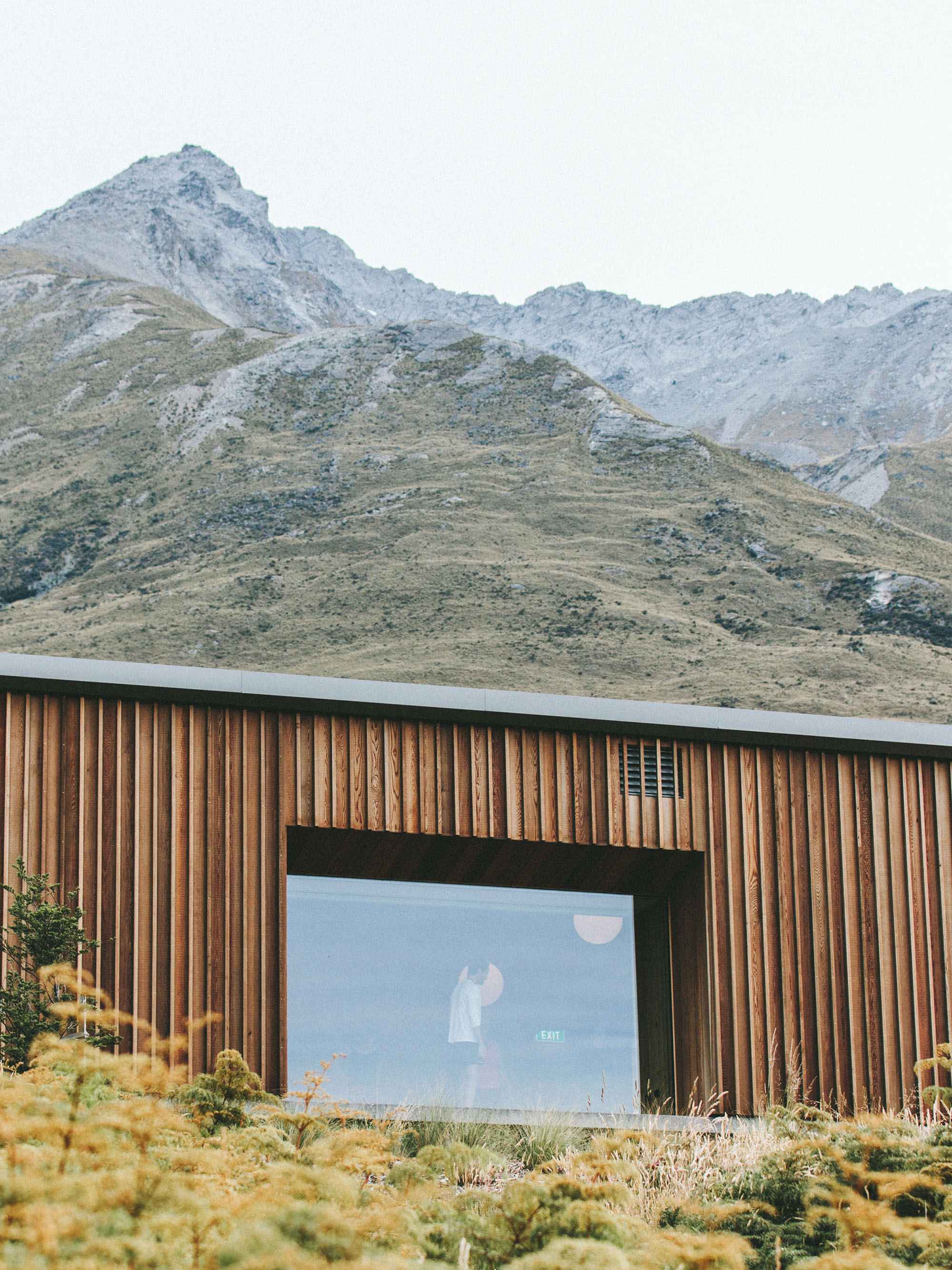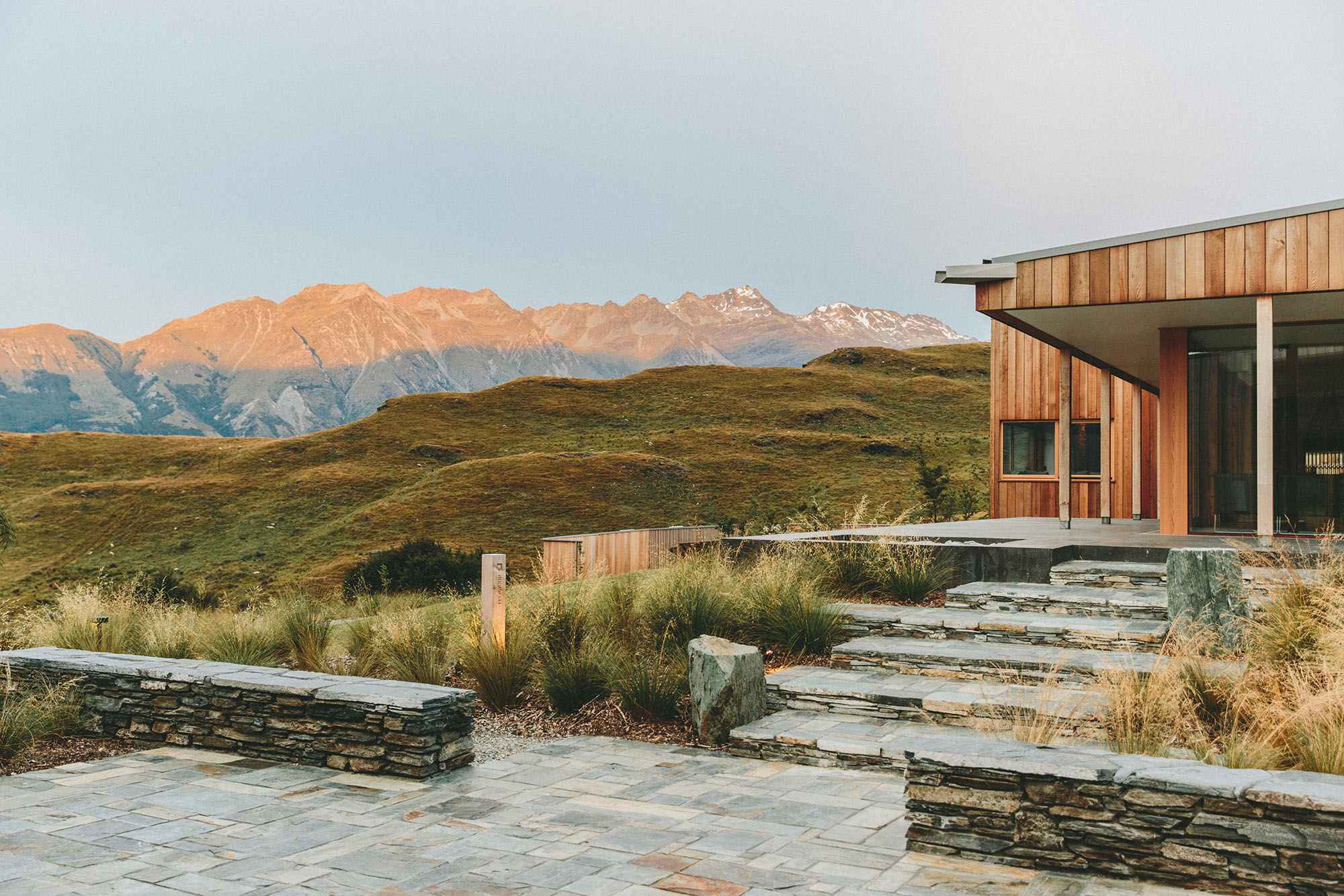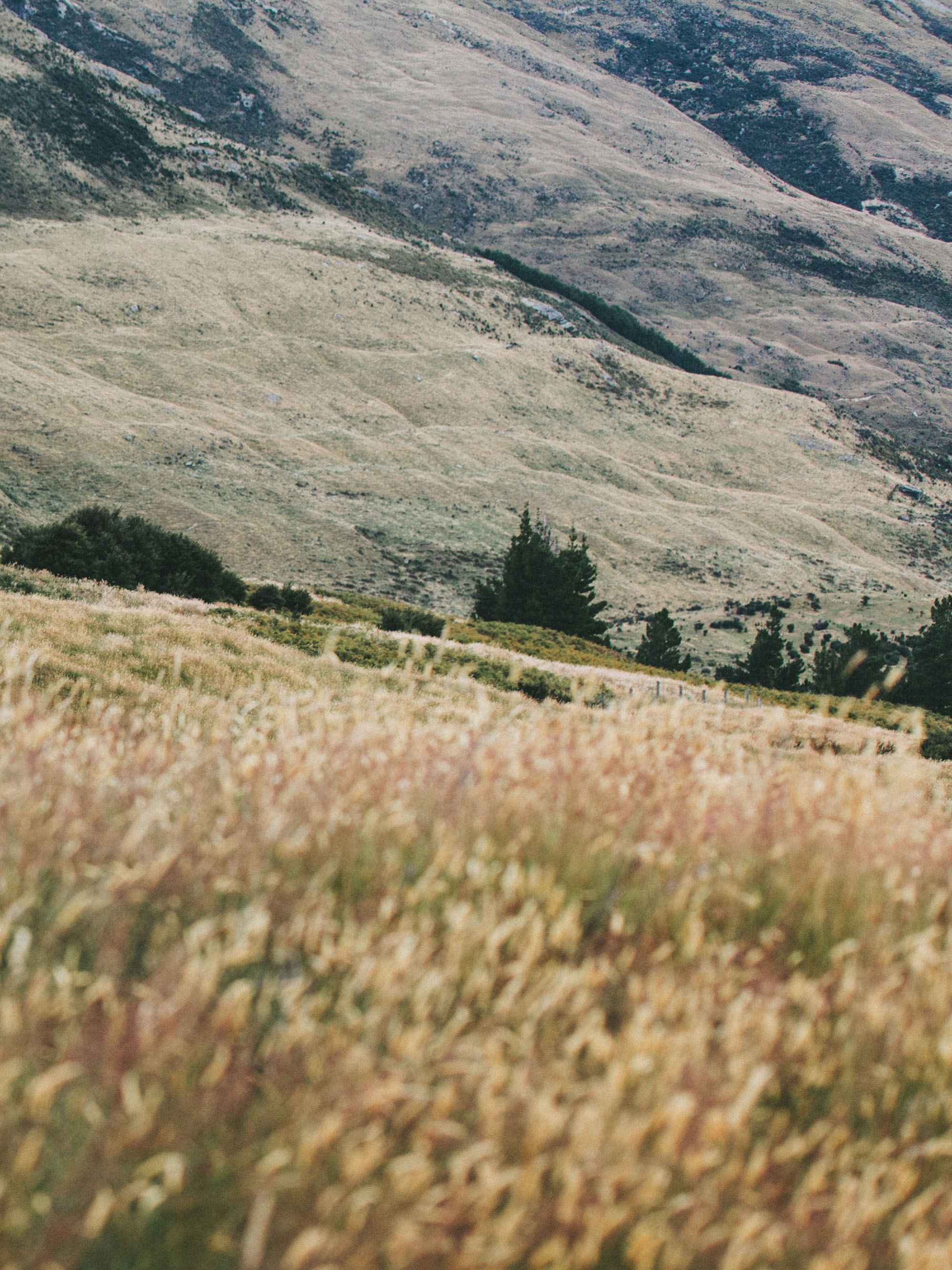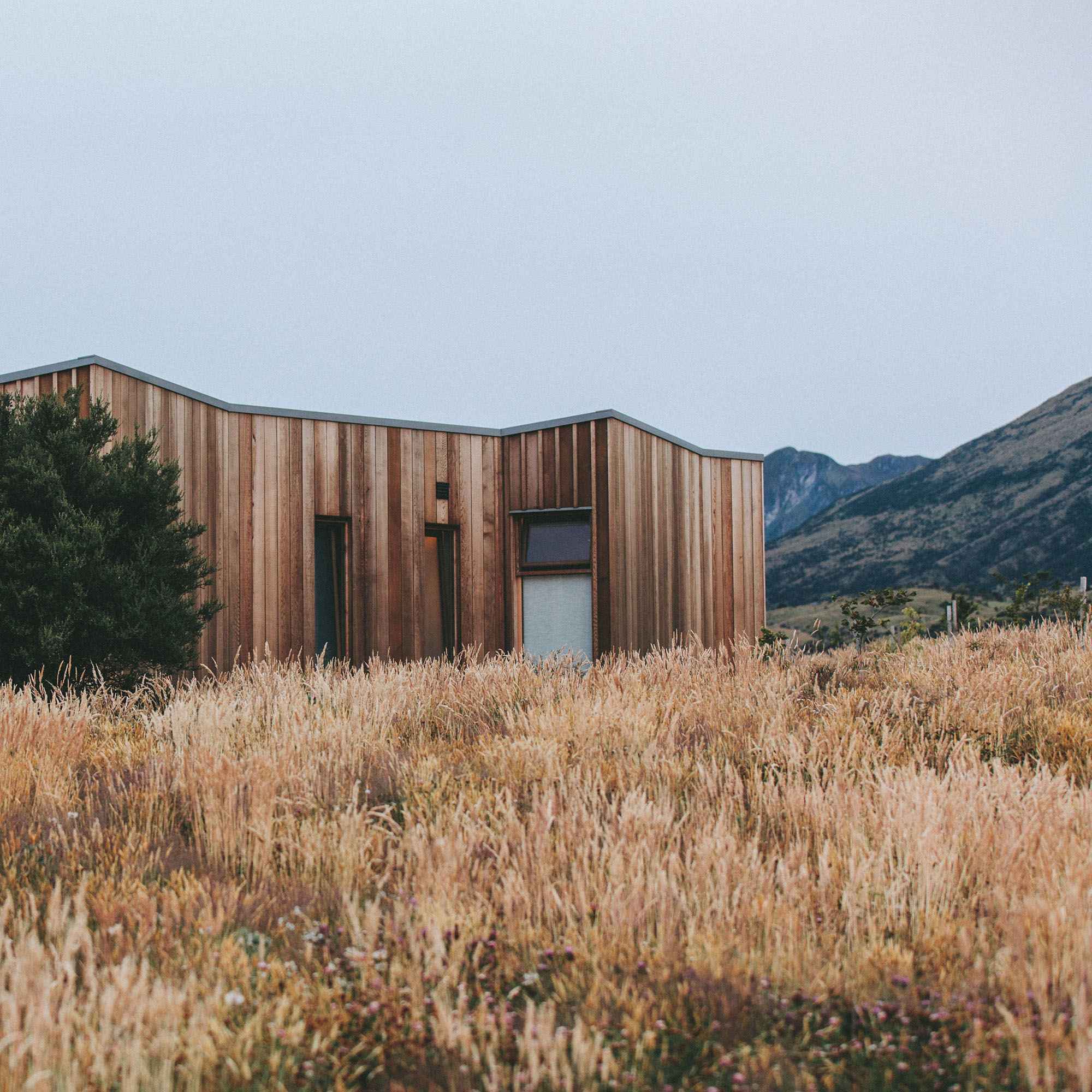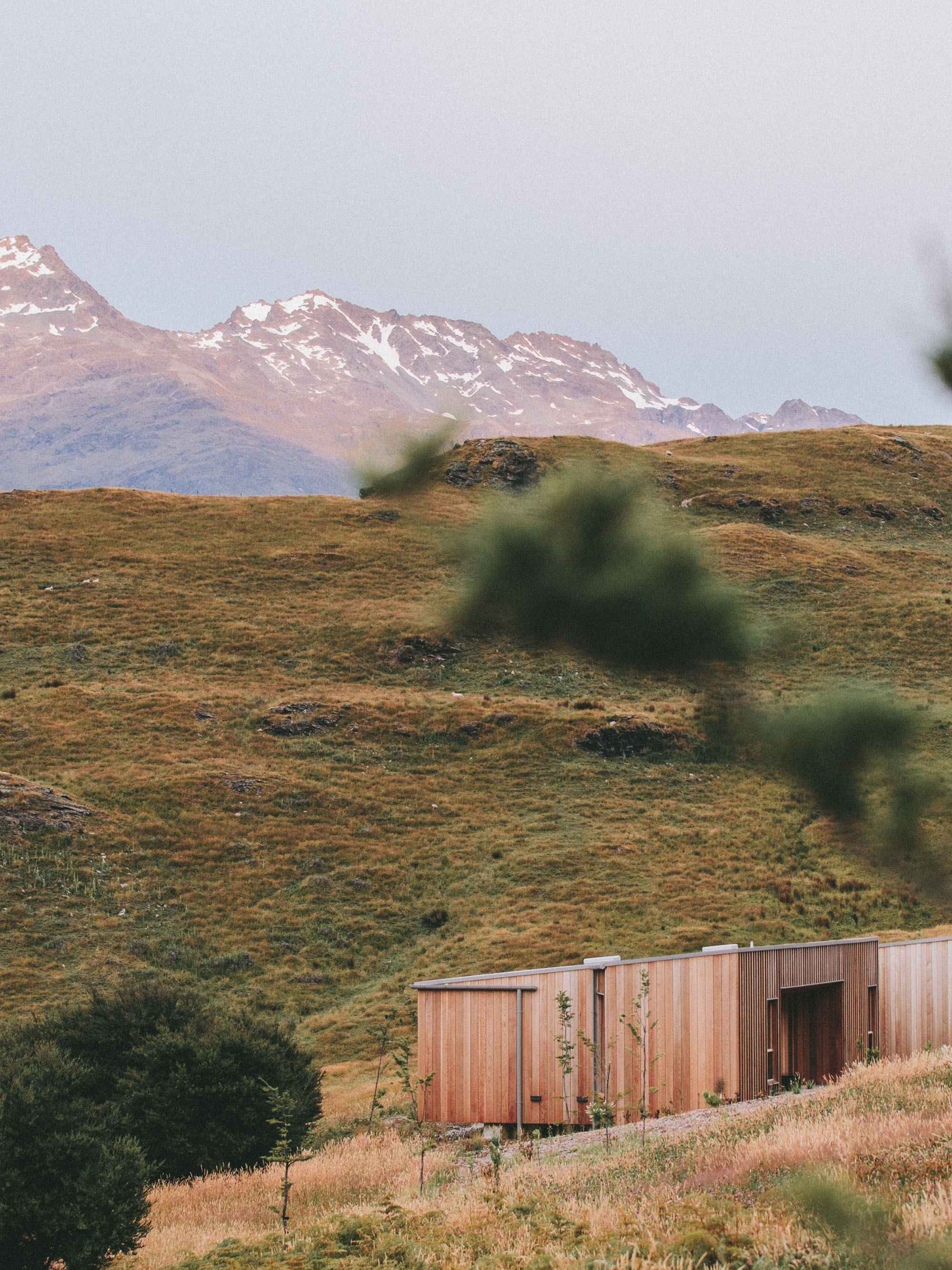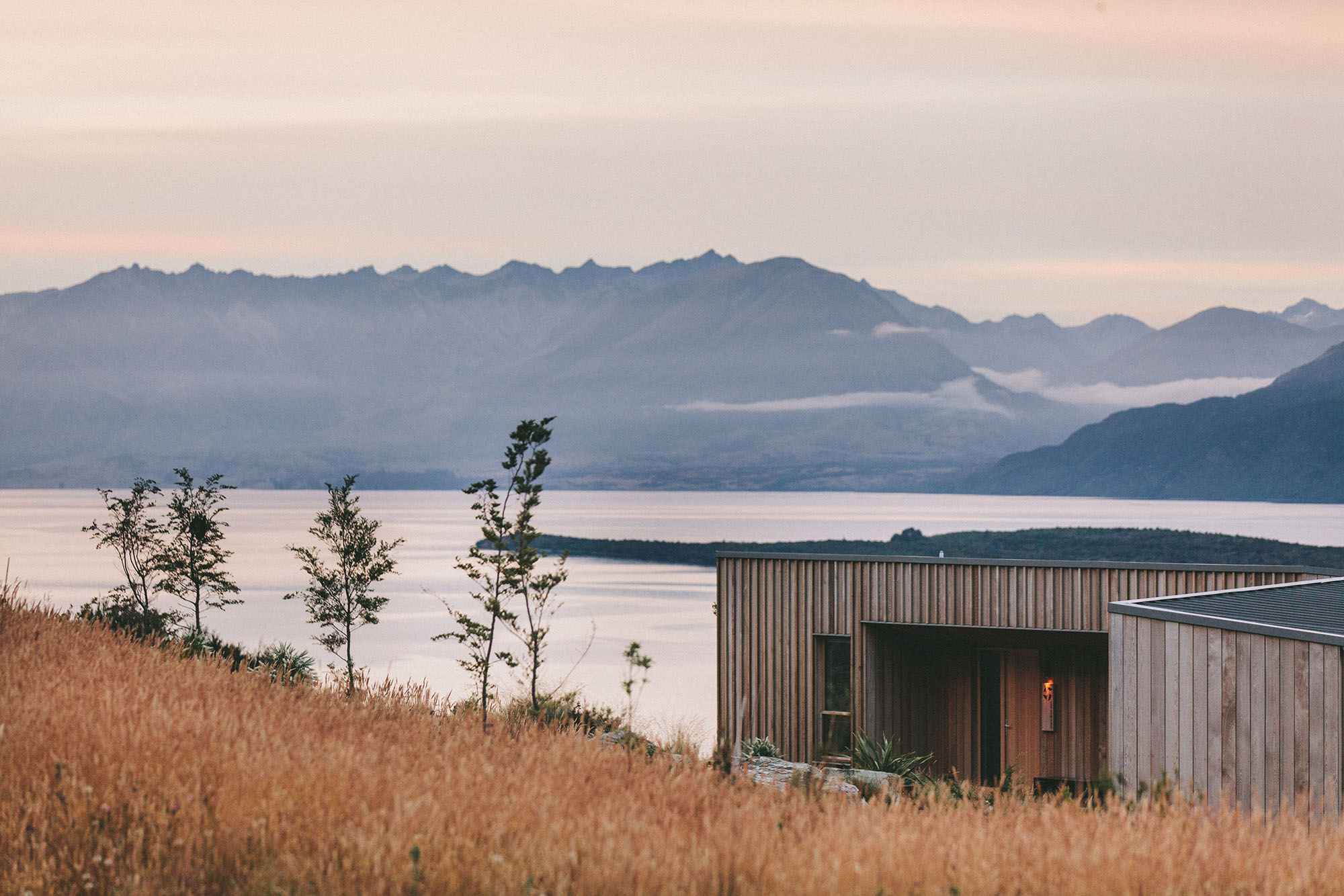Bonatti Tour
July 2017
9 days - 206km - 6003m
I was invited to join Stefan and Jordan touring northern Italy, retracing and exploring key locations from the life and career of leading Italian mountaineer Walter Bonatti. Caught up in the whimsy of pedalling through some of the most ridiculous landscapes I’ve ever witnessed, the prodigious achievements and personal resonance of Bonatti’s life didn’t reveal itself until my return, when I started looking back on the trip.
Quite the abstract sensation, the norm of course is to research, plan, then ride. Having the itinerary laid out for me has proven somewhat frustrating. As I look back at our routes now, having read Bonatti’s memoirs, the countless obituaries and trawled through period press articles I wonder if I’d have gotten more from the location whilst there, or if this sensation of ‘woa, we went THERE?!’ Is actually more satisfying.
We opted to depart the UK with a van, the premise of our ride proving a logistical nightmare via plane and local connections, having our own mobile basecamp would allow us the freedom to explore and get the most out of our riding time within each area.
The trip compromised of four multi-day rides orientated around the peaks, faces and regions which bear historical relevance to Bonatti. Starting from The Grandes Jorasses on the Mont Blanc Trail, moving to the Grigna and Nibbio. Looping around Monte Alben and finally, in the North Eastern Dolomites we ended our tour at The Tre Cime di Lavaredo.
Courmayeur was significant to Bonatti at various stages of his life. His ascension of the Walker Buttress (“considered in the worlds top three hardest climbs”) in 1949 at the age of 19 is said to have “marked the real beginning of Bonattis career as an extreme climber. Furthermore, after the infamous K2 trip, Walter returned to Courmayeur to work as an alpine guide in 1955. Bonatti also made notable excursions up the Petit Dru and Grand Capucin within the Mont Blanc Massif.
The appropriatly named Rifugio Walter Bonatti was our destination. We started from Courmayeur and rode along the eastern edge of the Grandes Jorasses. A steady road climb via a conveniently placed cheese van led us to the Mont Blanc Hiking trail which we joined and it’s single track path guided us up out of the Aosta Valley and southwards towards our goal.
The refuge sat at 2000m and surprised us with it’s mass, nestling into the hillside it eluded our gaze until the very end. Tough riding and an impending storm had caused some urgency in our pace towards the end of the day and the hospitality, warmth and overwhelming busyness of the hostel was an experience in itself. Furnished with Crocs, fed, hydrated (with beer) and engorged in our incredible scenery we slept well, rose early and faffed. Pictures, videos, extravagant coffee brewing, comedy fountain drinking scenes and kitten petting were ticked off the itinerary before a treacherous descent down the valley side and returning to the town for supplies.
We ended our first stage with a ride south west from Courmayeur through Val Veny to visit a pass once explored by The Rough Stuff Fellowship. An incredible glacial creation with stunning vistas to each side, a perfect place for myself to suffer a severe mechanical, and for Stefan to be so distracted as to join the chain back together before looping it back onto the bike…. Unfortunately we deemed the RSF’s route to be unsafe, 30 years of weathering had taken it’s toll, and although perfectly walkable, the 25% scree slope was impassable carrying a laden adventure bike in cleats. Still, the descent wasn’t bad and the wild swimming in a crystal clear, icy pool was exceptional. I have unfinished business in Val Veny, The Rough Stuff’s ‘Best off the Alps’ requires further investigation, and more suitable gearing.
Stage two took us to The Grigna, cited as both a childhood walking escape where Bonatti first acquired a taste for mountaineering and as a training ground later in life for his climb of Cima Ovest di Lavaredo. The Grigna also features the sheer face of Al Nibbio a known ‘gymnasium’ for generations of Italian climbers.
We parked up in Pianni Resinelli which acted as a central hub for our explorations, firstly westwards to seek the long defunct resort architecture. Now consumed within a forest, the once open mountainside was formerly an active centre for skiing. We also sought the site of a refuge managed by Bonatti in 1953, and rode out to the Nibbio, who’s face surprised in harshness but intrigued with signs of climbers past and present. The technical mountaineering infrastructure used by Walter's contemporaries juxtaposed with ancient Pitons which Bonatti waxed so lyrically about with his philosophy of ‘Piton Purity’ still clung into their hammered crags.
We ate beautiful local cuisine at Bar Pirelli Albarosa before heading up in search of our camp. Bonatti’s ‘The Mountains of my Life’ describes how when training for the winter climb of the ‘Ovest “every Saturday evening, without fail, I went with a friend to the foot of some difficult face in the Grigna to climb it next day at dawn after an icy overnight bivouac”, perhaps not quite at the appropriate altitude we spent the night in our bivvys, gazing with wonder at the views out towards Milan beneath a crisp clear sky.
In 2015 the lands surrounding Al Nibbio were mooted for sale with endeavour to improve local access and preservation, more can be read about this here.
Our third ride started from Gazzaniga where Bonatti attended school. Our plan; a two day loop ride around Monte Alben, staying at Rifugio Ca ‘d’Arera to the north, finishing up the next day back in Gazzaniga. The route took us through the Seriana Valley, a childhood retreat of Bonatti:
"Even as a child, when I was from maternal uncles for school holidays, in the Seriana valley north of Bergamo, I remind you that by any pretense I left home to get where I could to follow the flight of eagles, to dominate the valley there was a rocky peak, Mount Alben, which was just about two thousand yards away, but in my childish naivety I had elevated it to the roof of the world. I was eighteen when I made a real climb on a rock wall. That test had so galvanized that I immediately decided to devote soul and body to climbing. I soon became familiar with "the extremely difficult" and many were the successes that followed. I will only say that the practice of mountaineering for me was an instant adventure. Soon it would become a fascinating way of being and knowing. It would also serve my physical and intellectual well-being." - In The Land of the Far East.
Views to Alben were frustratingly elusive due to the encompassing woodland.
Our riding was pleasant, weather excellent and the tarmac miles flew past. We quickly arrived in Zambla Alta where we would turn from the loop and head north to our refuge. Here we encountered Via Morali, possibly the most challenging climb I’ve encountered. A concurrent category 4 category 2 and category 4 climb averaging 18% and ascending around 700 meters.
Travelling cyclists often enthuse about the hospitality of strangers when they’ve found them selves at their lowest points. This is such an occasion. We struggled up Via Morali, faffed around the Cattedrale Vegetale and arrived to find Rifugio Ca ‘d’Arera closed. We were without sleeping gear or food and various solutions were proposed. Do we descend, climb back up to Zambla and look for a hotel, sleep in the open buildings aside the refuge or under the ping pong tables at the foot of the climb. During discussions we heard a distant hum which got progressively closer, the hairpin above eventually revealed a motocross rider who sped towards us. This was Mario. Mario was our saviour.
With complete disregard for his own safety Stefan flung himself into the road, gesticulating wildly, Mario halted and removed his helmet. With complete mastery of the Italian language Stef enquired if Mario spoke English…
“English?” He asked.
“Si!!” Mario confusingly replied.
Our situation was explained and alternatives sought. We knew there was another refuge further up the mountain, 400m of ascent up the mountain. We were informed this was open and a mere 4km up the gravel tracks. Perhaps a look of pity-inducing-distress washedover our faces at the thought of carrying the bikes up the tracks, perhaps I’m overthinking it and Mario was just nice… He popped his tiny spectacles on, retrieved his phone and made a call. Seems Mario lived in the adjoining valley, his friend was the manager of Refugio Capanna 2000 and he’d arranged for him to descend and collect us in his truck.
What followed can only be described as the most terrifying vehicular journey of my life. Our host's Toyota scrambled up the steep, chunky gravel with precision, but sheer drops either side and concerningly casual placement of bikes in the rear caused much anxiety. We arrived safely, and as with everywhere so far, the hospitality was exceptional. We woke to find a barren moonscape, littered with abandoned resort buildings which led the eye out and across to the long awaited sight of Monte Alben - ‘the roof of the world’.
Standard photographic faffing ensued and scores of hikers rolled in for breakfast, we descended and returned to Gazzaniga.
The final part of our tour took us to the Tre Cime di Lavaredo a destination attributed in the formulation of Bonatti’s “new concept of the impossible”, indeed Cima Ovest, which Bonatti scaled with success during the winter of 1953 “had become regarded as the absolute essence of the ‘unclimbable’”.
We rode up the challenging climb, arrived at the summit, drank a beer in Refugio Auronzo and proceeded round the mountain track to Refugio Lavaredo for the night.
The Lavaredo were epic, not the ‘Urban Dictionary’ variety of “a word, whose meaningful definition(s) and correct applications are now obscured” but in the traditional sense: “heroic or grand in scale or character”.
I struggle a bit with the Lavaredo, especially now having further read about their significance to our protagonist. Their sprawling, uncompromising substance completely fulfil the notion of the sublime and to view them directly corresponds to every elaborately described sensation of wonderment scrawled in contemporary or historical literature.
Tre Cime are part of UNESCO’s Dolomites world heritage site and true to their mantra of “mobilising the wider public…: …where heritage serves as a bridge between generations and peoples”, Tre Cime de Lavaredo are accessible. When struggling up the road climb we were frequently skimmed by passing coaches. The first refuge was swamped with visitors and the track around the peaks busier with pedestrians than your average tube station at rush hour. Push chairs, children in flip flops, every anti-outdoors-cliche you can imagine served to water down the experience, and achievement of reaching such an incredible location.
The Refugio Lavaredo was comfortable, set exquisitely into the mountains by it’s founders but fundamentally monetised in the vein of a modern city-break-hostel, a far cry from the gracious hosts opposite Monte Alben I can’t help but feel tourism has taken its toll on not just Refugio Lavaredo's staff, but also on the destination itself.
Our final jaunt back the van guided us through Carbonin to Cortina where Bonatti describes arriving from the north via the Dolomites Railway, then realising he and his partner had brought far too much equipment to lug up to Refugio Auronzo, the location of our beer break. Much of this has since become a cycle highway and was pleasure to ride.
A complete journal of our trip will soon be arriving on pannier.cc.


